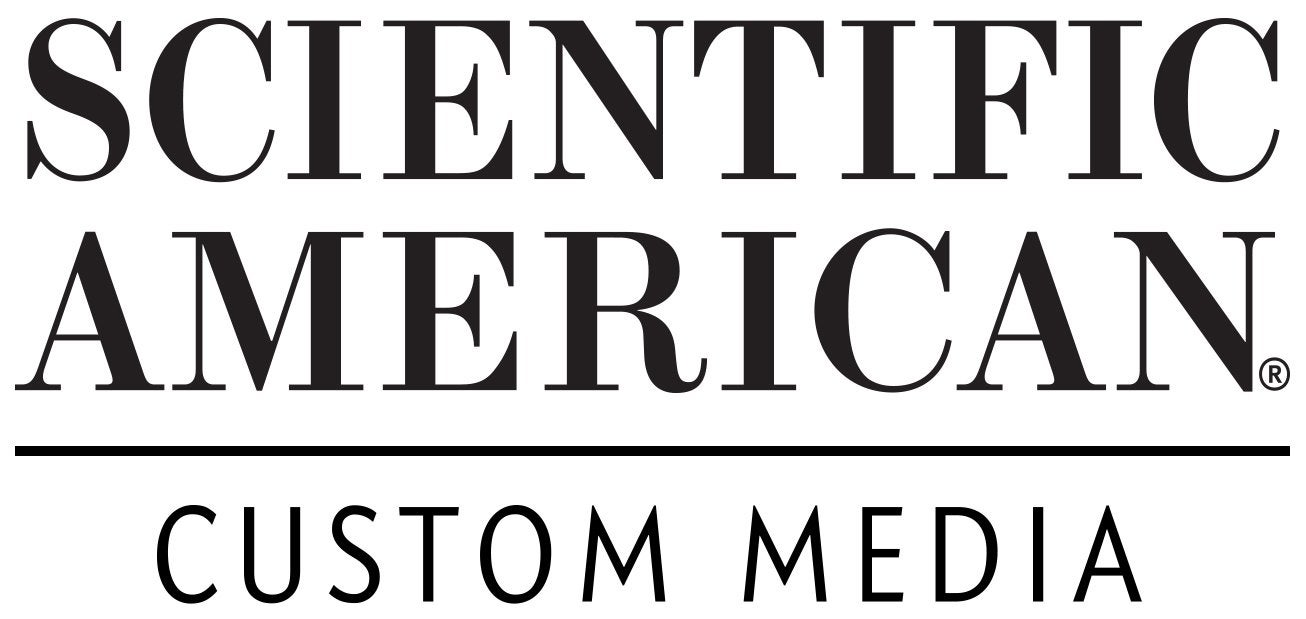The American dentist, Willoughby Miller, linked microbes to dental decay 130 years ago. In his book Micro-Organisms of the Human Mouth, he detailed the proposed relationship and called for “systematic cleansing of the oral cavity and the teeth, and the proper and intelligent use of antiseptics to destroy the bacteria.”
Klaus König, a former editor of the dental research journal Caries Research, wrote that Miller’s work was “a step from the Stone Age to Modern Science.” That research helped launch a global movement to promote oral health.
Miller’s prescience still holds. The bacteria that colonize our mouth directly impact oral health, and in certain cases, they also impact our overall health. As oral microbiota proliferate, they form a tough, gluey biofilm, known as plaque, that adheres to the teeth and gums. These microbes produce acids that etch cavities into teeth. They also lead to periodontal disease, an inflammatory condition.
When biofilms build up, pathogenic species creep below the gum line, eating small ulcers into the tissue. Those bacteria shed toxins and proteins that spark an immune response. As immune cells converge on infected tissues, gums may become red and inflamed, or they may bleed.
This stage of periodontal disease is called gingivitis. While reversible, it often goes ignored and untreated. “If we’re not in pain, and don’t see any immediate consequences, it breeds complacency,” says Rich Lamont, a researcher at the University of Louisville, who studies biofilm and its pathogens.
Left unchecked, it can progress to a far more serious condition: periodontitis. Gums are damaged, along with the periodontal ligaments and bone that hold teeth in place, so teeth may fall out. “There are significant long-term consequences of chronic infection in your mouth," says Aaron Biesbrock, a Senior Director at Procter & Gamble’s Health Care Research Center.
Periodontitis has been associated with a number of systemic conditions, including Type 2 diabetes, cardiovascular disease, chronic kidney disease and others.
While there is no magic potion to prevent this outcome, good oral hygiene habits are still the best line of defense: brushing and flossing regularly, using an antimicrobial toothpaste and mouthwash, and going for twice yearly dental checkups. But since Miller’s time, research has greatly advanced the science of oral care.
The Electric Upgrade
Sticky biofilm is hard to keep in check—or get rid of. However, “We have methods to control the process, removing the microbiome to regain balance,” says Tom Van Dyke, a professor of oral medicine at Harvard University and vice president of clinical and translational research at the Forsyth Institute.
First and foremost, that means brushing your teeth. The American Dental Association recommends a 2X2 regimen: two minutes, at least twice a day. About 69 percent of Americans achieve this, according to a survey by the insurer Delta Dental.
Tools and technique matter. A soft-bristled brush is best for getting between teeth. While some people can do a good job with a manual toothbrush, a rotating-oscillating electric brush can make up for poor technique, says Salme Lavigne, a hygienist, professor and editor of the Canadian Journal of Dental Hygiene. A recent study showed the benefits of electric brushes: After three months, users had 20 percent less plaque and 50 percent less bleeding than those who used manual brushes. Another study found electric toothbrush users had healthier gums overall and retained 19 percent more teeth.
But brushing isn’t enough; it usually just cleans two sides of your teeth. “That’s only half the job,” says Jeanie Suvan, a dental hygiene researcher and lecturer at the University College of London’s Eastman Dental Institute. “There’s all that ‘interdental’ tooth surface where gum disease usually starts,” she says, noting that most problems occur in the spaces between teeth. Flossing removes food and plaque trapped between the teeth and under the gumline.
The Science Behind Oral Hygiene Products
Choosing effective oral hygiene products is also key. Toothpaste has been used for a long time: It was first mass-produced in 1873, sold in jars. With ongoing research, new formulations are much more effective. Toothpastes containing stabilized stannous fluoride fight cavities by strengthening weakened enamel. Antibacterial properties help prevent gum disease: A 2019 study published in the Journal of Clinical Periodontology found that it reduced bleeding by 51 percent.
Some people add a mouth rinse to their routine specifically to control bad breath, but antimicrobial mouthwashes are much more than perfume for your mouth. They offer one more way to control plaque and tooth decay.
Don’t Underestimate the Dental Professional
There’s only so much we can do at home. We all need twice yearly visits to a dental professional to check for cavities and a professional cleaning every six months to remove plaque that we can’t reach.
Beyond the desire to preserve our smiles and protect our health, there are compelling financial incentives to do so. A 1993 study estimated that every dollar spent on preventative care saved between $8 and $50 in restorative care; with rising costs, current numbers are far higher.
Small cavities can be filled. Gingivitis, when caught early, can be treated and reversed. But a cleaning just resets the clock. Plaque regrows in 24 hours. “Ultimately, good oral health requires regular habits”, says Van Dyke. “Maintaining health is far easier than restoring health,” he says.
To learn more about the connections between oral and general health, visit the dedicated page from Crest + Oral-B



